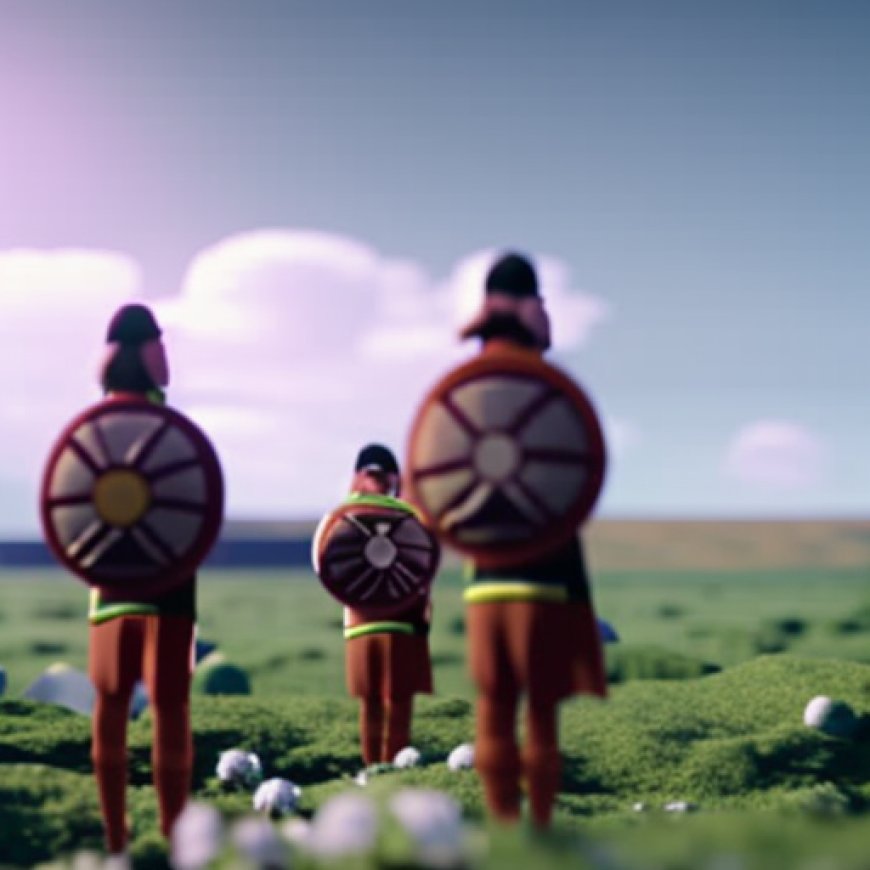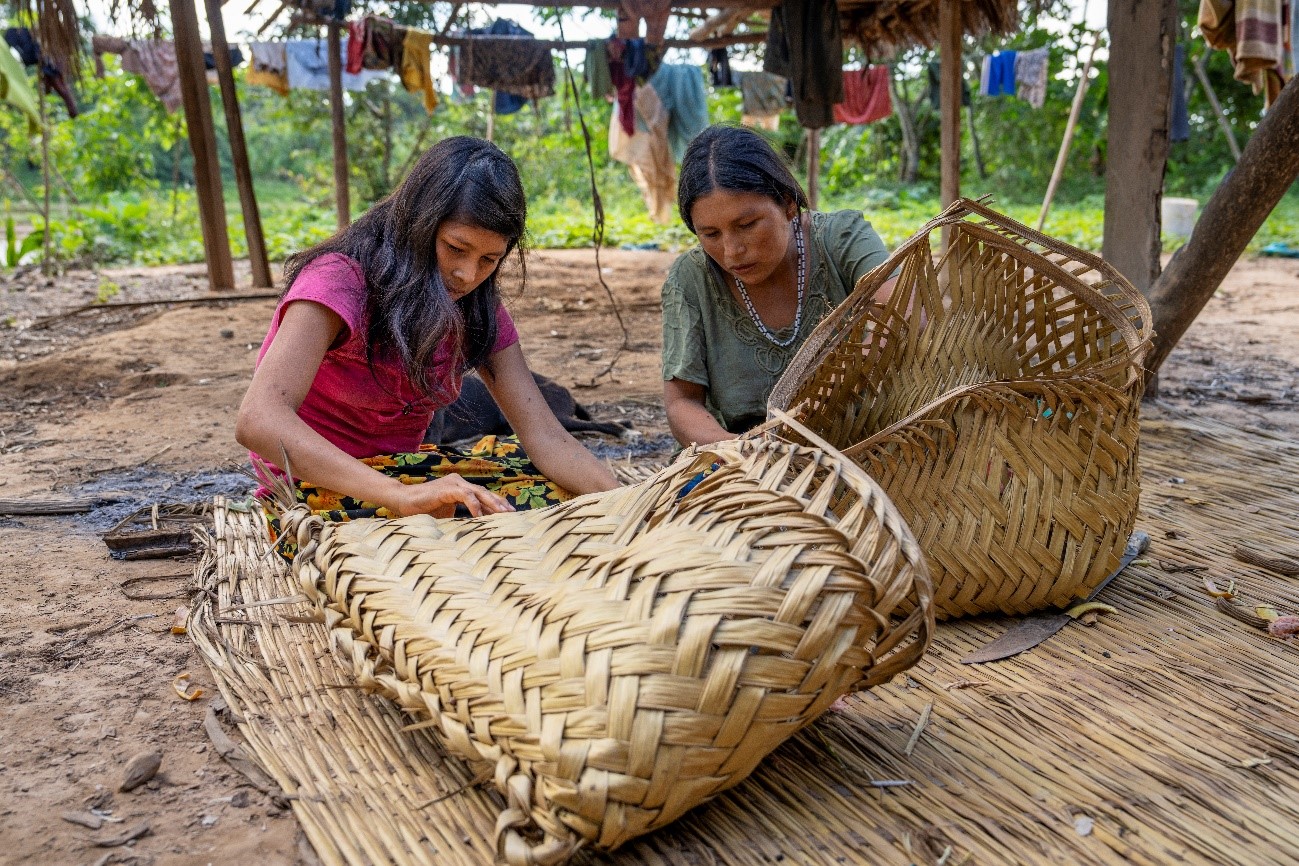The central role played by Indigenous Peoples in biodiversity conservation needs to be properly and accurately recognised by science


Indigenous Peoples’ Contribution to Biodiversity Conservation

Introduction
Indigenous Peoples play a critical role in conserving the planet’s biodiversity, sustaining life in various forms. However, a recent study conducted by researchers at the Institute of Environmental Science and Technology at the Universitat Autònoma de Barcelona (ICTA-UAB) challenges the widely accepted claim that “80% of the world’s biodiversity is found in Indigenous Peoples’ territories.” The study, published in the scientific journal Nature, emphasizes the need for a more accurate understanding of the contribution of Indigenous Peoples to biodiversity conservation.
The Misrepresentation of Indigenous Peoples’ Contribution
The study questions the scientific validity of the claim that 80% of the world’s biodiversity is found in Indigenous Peoples’ territories. It argues that this figure oversimplifies the complex relationship between Indigenous Peoples and biodiversity. The researchers caution against using this unsupported statistic, as it misrepresents the true extent of Indigenous Peoples’ contribution and can lead to a misunderstanding of their role in conservation efforts.
The Origins of the Claim
The study traces the origins of the claim to misquotations and poorly summarized research. Although the figure has been widely used in forums such as the United Nations and the World Bank, its foundation is fragile and lacks robust evidence. Some Indigenous Peoples’ representatives are skeptical of the figure, recognizing its shortcomings, while others avoid endorsing it to prevent undermining their advocacy efforts.
The Complexity of Biodiversity
One of the problems with the “80% figure” is that it assumes biodiversity can be easily quantified and mapped, which is not the case. Biodiversity encompasses more than just the number of species and ecosystems; it includes the intricate relationships between humans and the non-human part of nature. Indigenous Peoples’ ancestral lands and waters have co-evolved with biological and cultural diversity over time, driven by reciprocal, kinship, and sacred relationships. Assigning a definitive numerical value to biodiversity overlooks these deeper values and hinders future research in the field.
The Importance of Collaboration
Recognizing the cultural knowledge and practices of Indigenous Peoples is crucial for a just and effective approach to biodiversity conservation. The study highlights the need for collaboration between Indigenous Peoples and conservation scientists to fill the gaps in biodiversity-related knowledge. By valuing Indigenous Peoples’ perspectives and knowledge systems, a more truthful and evidence-based approach can be developed to preserve the planet’s biodiversity.
Conclusion
The claim that 80% of the world’s biodiversity is found in Indigenous Peoples’ territories is not well-founded and can be misleading. The study urges the scientific community and policymakers to rely on robust evidence when acknowledging the vital role of Indigenous Peoples in supporting planetary sustainability. By recognizing the complexity of biodiversity and fostering collaboration, a more accurate understanding of Indigenous Peoples’ contribution to biodiversity conservation can be achieved.
References:
- Fernández-Llamazares Á, Fa JE, Brockington D, Brondízio ES, Cariño J, Corbera E, Farhan Ferrari M, Kobei D, Malmer P, Márquez GYH, Molnár Z, Tugendhat H, Garnett ST (2024) A baseless statistic could harm the Indigenous Peoples it is meant to support. Nature, 633: 32-35. https://www.nature.com/articles/s41467-024-49687-y
Researcher Contact:
- Alvaro Fernandez-Llamazares Onrubia Alvaro.FernandezLlamazares@uab.cat
The original article can be found here
SDGs, Targets, and Indicators
1. Which SDGs are addressed or connected to the issues highlighted in the article?
- SDG 15: Life on Land
- SDG 16: Peace, Justice, and Strong Institutions
The article discusses the role of Indigenous Peoples in biodiversity conservation and the need for accurate recognition of their contributions. This aligns with SDG 15, which focuses on protecting, restoring, and promoting sustainable use of terrestrial ecosystems, and SDG 16, which aims to promote peaceful and inclusive societies for sustainable development.
2. What specific targets under those SDGs can be identified based on the article’s content?
- SDG 15.6: Promote fair and equitable sharing of the benefits arising from the utilization of genetic resources and promote appropriate access to such resources
- SDG 16.7: Ensure responsive, inclusive, participatory, and representative decision-making at all levels
The article emphasizes the need for fair recognition of Indigenous Peoples’ contributions to biodiversity conservation. This aligns with SDG 15.6, which focuses on the fair sharing of benefits from genetic resources. Additionally, the article highlights the importance of including Indigenous Peoples in decision-making processes, which relates to SDG 16.7.
3. Are there any indicators mentioned or implied in the article that can be used to measure progress towards the identified targets?
- Indicator for SDG 15.6: Number of countries implementing measures to prevent the misappropriation of genetic resources
- Indicator for SDG 16.7: Proportion of population who believe decision-making is inclusive and responsive, by sex, age, disability, and population group
The article does not explicitly mention specific indicators. However, to measure progress towards SDG 15.6, an indicator could be the number of countries implementing measures to prevent the misappropriation of genetic resources. For SDG 16.7, an indicator could be the proportion of the population who believe decision-making is inclusive and responsive, considering factors such as sex, age, disability, and population group.
Table: SDGs, Targets, and Indicators
| SDGs | Targets | Indicators |
|---|---|---|
| SDG 15: Life on Land | Promote fair and equitable sharing of the benefits arising from the utilization of genetic resources and promote appropriate access to such resources (Target 15.6) | Number of countries implementing measures to prevent the misappropriation of genetic resources |
| SDG 16: Peace, Justice, and Strong Institutions | Ensure responsive, inclusive, participatory, and representative decision-making at all levels (Target 16.7) | Proportion of population who believe decision-making is inclusive and responsive, by sex, age, disability, and population group |
Source: pressenza.com








